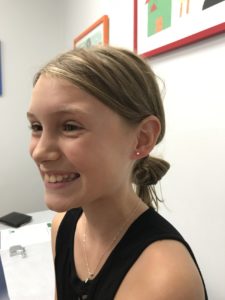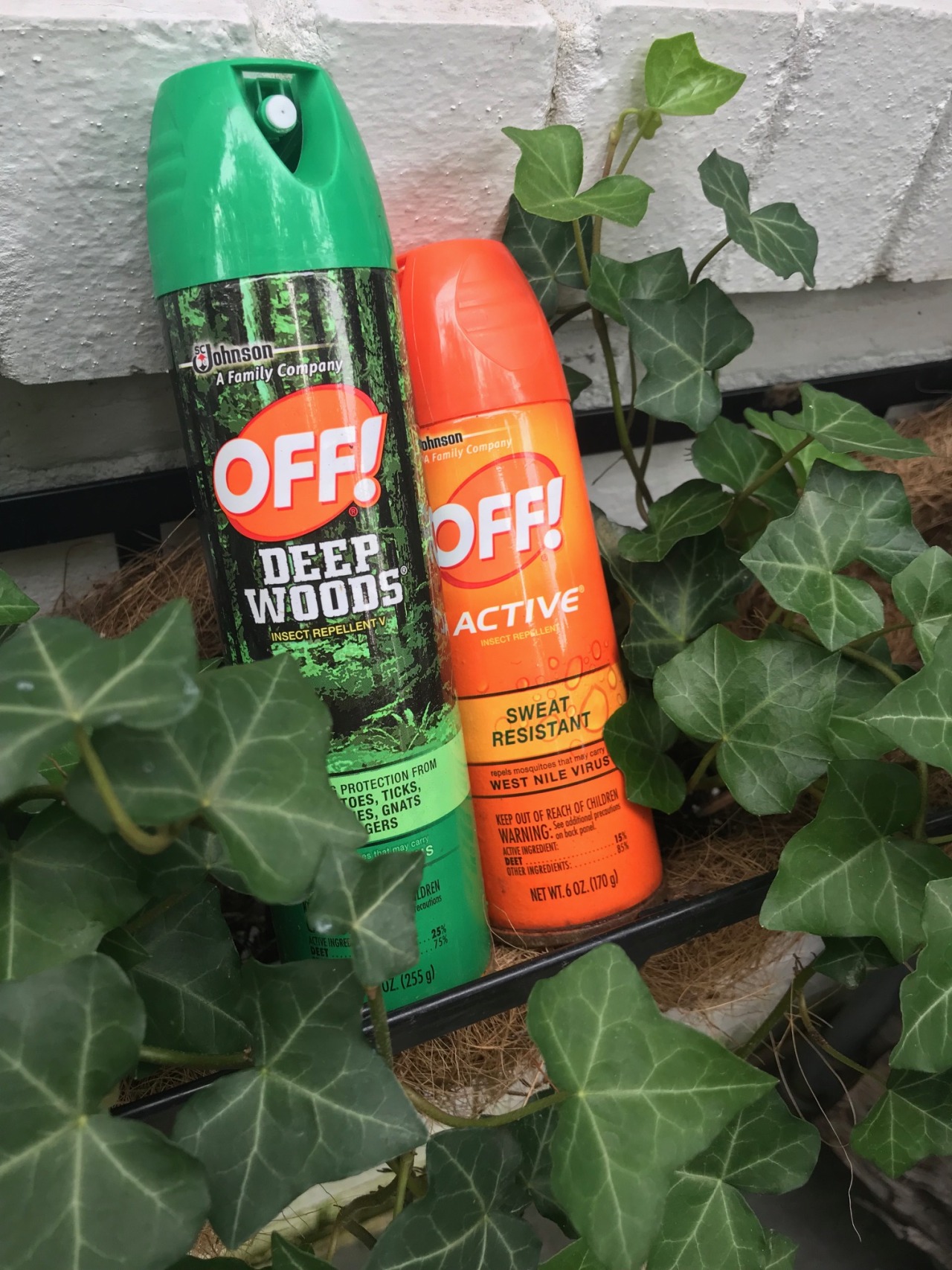White House Nannies
As a pediatrician, I get asked lots of questions about having children that don’t fall into the “medical advice” category. Everything from advice about different pre-schools to my favorite place to host a birthday party. One area that comes up frequently is nannies – how to find them, what to ask them, how to keep them. Sadly these topics are not covered in medical school though some may argue they should be!
I do offer some child care tips to my families searching for the perfect person to care for their little ones. Getting recommendations and following up on references is key. So is making sure your nanny is CPR certified and up to date on vaccines (this includes being on board with getting the yearly flu shot). It’s also a good idea to discuss sick day policies ahead of time and coming up with an agreed-upon plan for when the nanny is sick or your child is. Being on the same page regarding feeding, boundaries, and sleeping is also important. If you plan to have your child cry it out for naps but your nanny intends to rock her to sleep, you are going to have some disagreements. Beyond that most of my nanny recommendations come from my experience as a mom and the lucky employer of the best nanny ever.
That’s why Spring Valley Pediatrics is bringing in professionals to answer the myriad other childcare questions we know you have. On Thursday, January 23rd at 7pm, Barbara Kline, the owner of White House Nannies, will be at our office answering all of your nanny questions. Come ready to raise your hand – we look forward to hosting you!



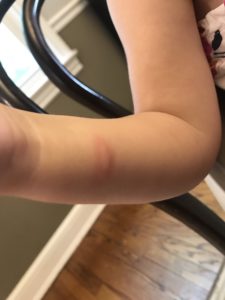
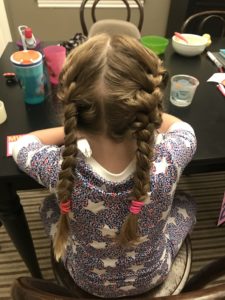
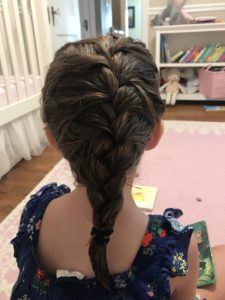 Treatment
Treatment







